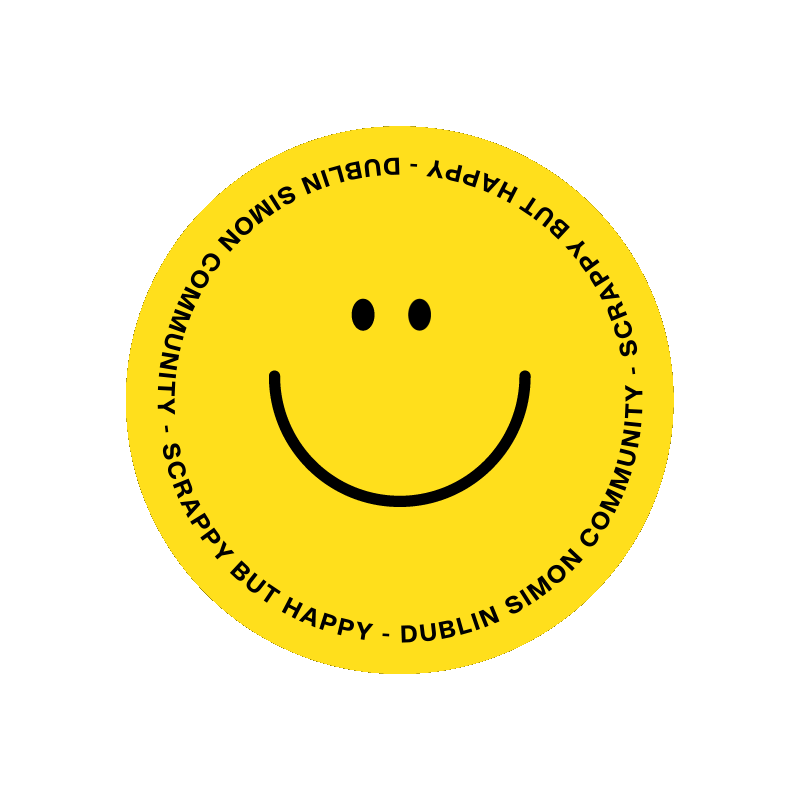Who created the World Wide Web?
What would life be like without the internet? No Google, Netflix, social media, online shopping... It's hard to imagine life without it. Many people's lives are deeply immersed in smartphones, laptops, tablets, and even using virtual assistants such as AI technology ‘Alexa’ and ‘Siri’. Now more than ever, with remote working and many schools being switching to online learning due to the COVID-19 pandemic, we have had to completely adapt our lives in many ways—becoming more dependent on the internet than ever before.
The internet has become one of the most prevalent forms of communication. An immense volume of information is accessible for people of all ages, cultures, and economic backgrounds, facilitating the connection of people across the globe. As a society that had been immersed in a digital world for a relatively short period of time, it is sometimes important to take a step back and look at how it all began. So the question is, who invented the first-ever website and how did it all come about?
Let’s start from the very beginning.
The World Wide Web (WWW) was invented by Tim Berners-Lee, a British scientist who studied computer science at the University of Oxford and later became a software engineer. It was while working for CERN, the European Organization for Nuclear Research, that he invented the Web.
According to Tim, the website was built out of frustration. Back then, while working for CERN, there was different information on a multitude of computers, and you needed to log on to each individual computer to get all the information you needed. Sometimes it was necessary to learn a different programme on each computer. So discovering how things functioned was truly difficult. More often than not it was simpler to just ask people directly.
In one interview however, it’s clear Berners-Lee does not wish to take all of the credit of creating the World Wide Web.
“Paul Mockapetris had figured out the Domain Name System.
People had already used TCP/IP and DNS to make email, and other cool things. So I could email other people who maybe would like to help work on making the WWW.
I didn't invent the hypertext link either. The idea of jumping from one document to another had been thought about by lots of people, including Vanevar Bush in 1945, and by Ted Nelson (who actually invented the word hypertext). Bush did it before computers really existed. Ted thought of a system but didn't use the internet. Doug Engelbart in the 1960's made a great system just like WWW except that it just ran on one larger computer, as the internet hadn't been invented yet. Lots of hypertext systems had been made which just worked on one computer, and didn't link all the way across the world.
I just had to take the hypertext idea and connect it to the TCP and DNS ideas and -- ta-da! -- the World Wide Web.
So the difficult bit was persuading people to join in. And getting them to agree to all use the same sort of HTTP, and URLs, and HTML.”
CERN
The aim of creating the website.
Was to meet the demand for automated information-sharing between scientists in universities and institutes around the world. The first website at CERN – and in the world – was dedicated to the World Wide Web project itself and was hosted on Berners-Lee's NeXT computer. The site can still be accessed to this day, and I am going to be taking a closer look at it.
This is a screenshot below of how it currently looks.
Review of website
The website uses hyperlinks, allowing the connection to other pages of information that are connected to the internet. These highlighted links are directly clickable, which allows the user to access the information. The site looks like a standard document with links directing you to that specific content. There are no images, the content is left aligned on a white background, with the title (H1) of the page displayed at the very top in bold.
The active links are displayed in blue and are underlined so the user can differentiate what is clickable. Something that stands out is the lack of a navigation system—the links are the only way to navigate throughout the site. The HTML (Hypertext Markup Language) of the site is incredibly simple; comprising a header <head> <body> <title> <h1> href for the links and <p> paragraphs for the content.
Berners-Lee developed the key technologies that are the bedrock of the Web, including Hypertext Markup Language (HTML), for creating Web pages; Hypertext Transfer Protocol (HTTP), a set of rules for transferring data across the Web; and Uniform Resource Locators (URLs), or Web addresses, for finding a document or page. He also devised a basic browser and Web server software.
Our impact: The World Wide Web Consortium
Berners-Lee is the creator of The World Wide Web Consortium and remains the director to this day. The mission of the consortium, as the international standards organisation for the WWW, is to make sure the web reaches its full potential, enabling a set of guidelines to help create a positive impact on society.
“It’s time to recognise the internet as a basic human right. This means guaranteeing affordable access for all, ensuring internet packets are delivered without commercial or political discrimination and protecting the privacy and freedom of web users regardless of where they live.”
– Sir Tim Berners-Lee
Reference
CERN images
The first-ever website! The World Wide Web
Cern website: The birth of the web
History: The world’s first-ever website



